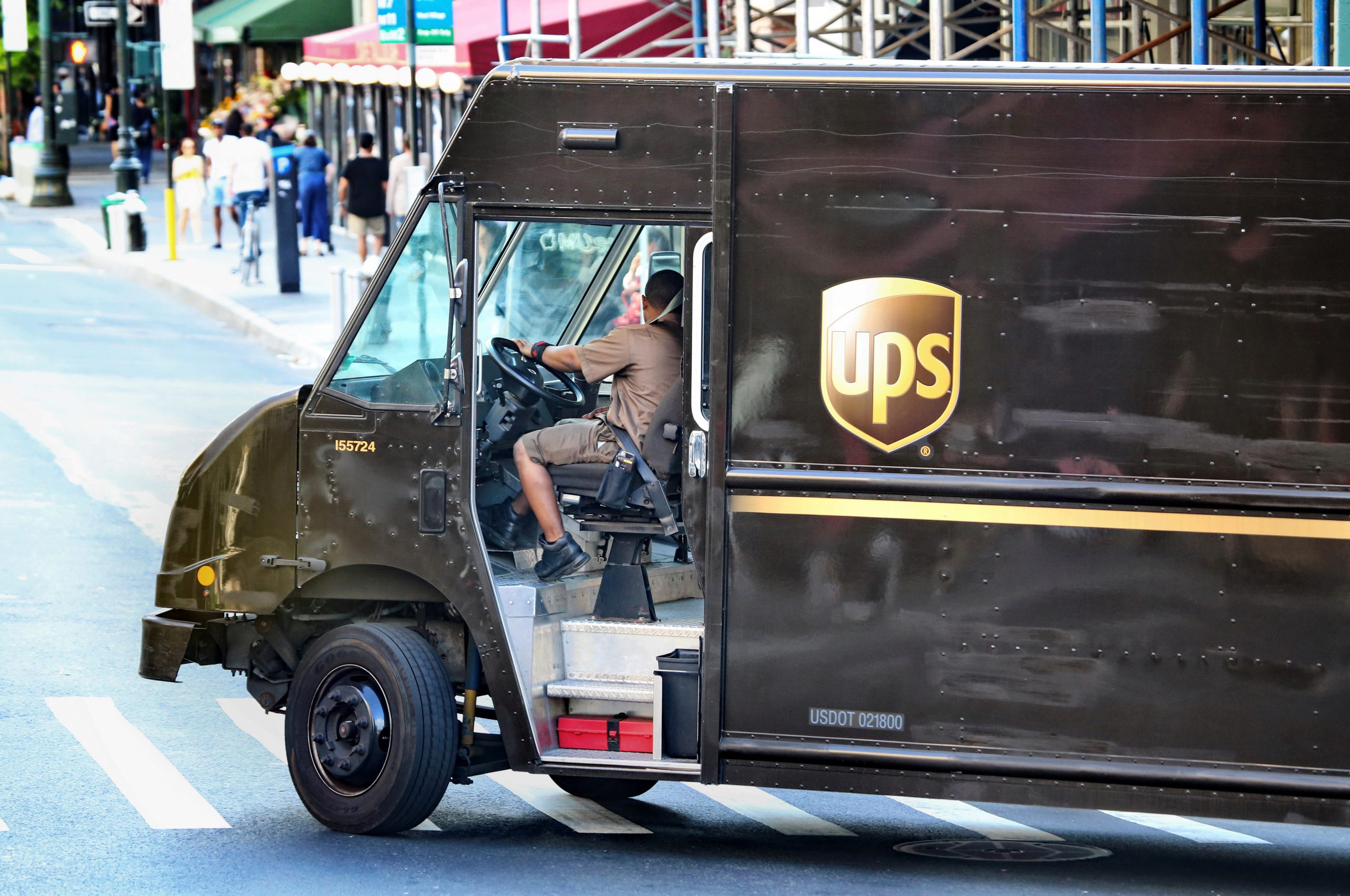In the wake of FedEx announcing their 2021 General Rate Increase, UPS followed suit on October 29, 2020 with an average increase of 4.9% for Ground, Air and International services, effective December 27, 2020.
Like FedEx, UPS list rates have consistently increased over the last 20+ years but they have gone up more than 74% in the last 10 years alone. Example: The cost of a one-pound Priority Overnight package from Atlanta to Dallas increases from $35.10 in 2010 to $70.26 in 2021.
(click to enlarge)
UPS announced a base rate increase of 4.9% but the true increase is hidden in changes to Accessorials, minimums and zonal rates.
- Business to Consumer shippers will pay $0.45 more per package, or 5% due to increases in the Residential Ground Surcharge.
- The Ground minimum is increasing from $8.23 to $8.76, a change of $0.53 or 4%.
- The general theme remains the same as previous years, Air services receive lower increases for shorter zones vs. longer zones.
- The average increase for 2nd Day Air AM rates are higher than other services, short zones at 3% and long zones over 8% across weight breaks.
- The rates for UPS Air Freight within and between the U.S., Canada and Puerto Rico will also increase by an average of 4.8%.
(click to enlarge)
While the cost of the Delivery Area Surcharge (DAS) is increasing, the ZIP codes that now qualify are also increasing, meaning shippers will pay more than they have likely budgeted for in 2021.
- The average increase for Delivery Area Surcharge ranges from 4.8% to 9.3% depending on the surcharge.
- UPS added 1,226 new ZIP codes while removing 442 ZIP codes from the DAS coverage map.
- Example: Jamestown, NY (14701) with a population of 41,000 people is now a DAS ZIP code
- There are also 515 new zip codes being added to the DAS Extended category.
- Example: Arvin, CA (93203) with a population of 23,000 people moved from no DAS designation to DAS Extended.
(click to enlarge)
The 2020 Peak period is longer; surcharges are increasingly confusing and more costly to shippers.
- October 4, 2020 – January 16, 2021
- UPS Peak surcharges are designed for shippers with 1,000 packages per week or ship more than 10 packages that qualify for the Additional Handling Surcharge, Large Package or Over Maximum Limits during the Peak Period.
- The Additional Handling Peak surcharge of $5.00 for 2020 is 39% higher than 2019 and the Large Package surcharge of $50.00 is 59% higher than 2019.
- The following Peak Surcharges will apply to all S. domestic, U.S. import, and U.S. export shipments.
(click to enlarge)
The Residential Peak Surcharge is complicated, confusing and expensive; AFS’s Parcel experts can help you to make sense of it.
- UPS implemented a Peak Residential charge on May 21, 2020 that will remain in place until November 14, 2020 at $0.30 per package for Ground and SurePost shipments. This surcharge applies to customers whose combined weekly Ground Residential and SurePost volume exceeds their February average by 25,000.
- Beginning November 15, 2020, a new Peak Residential surcharge will be applied to customers whose weekly invoiced volume exceeds 110% of their February weekly average. The amount varies based on the volume level and services.
(click to enlarge)
Significant changes to the Additional Handling Surcharge (AHS) will impact shippers in 2021; the increased complexity makes understanding the real impact challenging.
- Effective January 10, 2021:
- New criteria (length + girth greater than 105 inches) to assess the Additional Handling surcharge at $16. This is the same change that FDX will implement starting January 18, 2021.
- Effective April 11, 2021:
- Additional Handling and Large Package surcharge rates for non-Hundredweight service packages will differ by zone.
- Effective July 11, 2021:
- Additional Handling and Large Package surcharge rates for Hundredweight service packages will differ by zone.
So how do the carriers’ GRIs compare?
(click to enlarge)
Understanding how the annual rate increases effect your shipping costs can be confusing, complicated and time-consuming. Getting the analysis right is crucial to effectively managing your expenses. AFS provides industry experts to optimize your shipping costs while maximizing your efficiency. For a detailed analysis of how to mitigate the impact of the 2021 GRI, give us a call at 877-242-3383 or send an email to: [email protected].
If you’d like to view our full breakdown of the 2021 UPS changes, you can download it here.
















